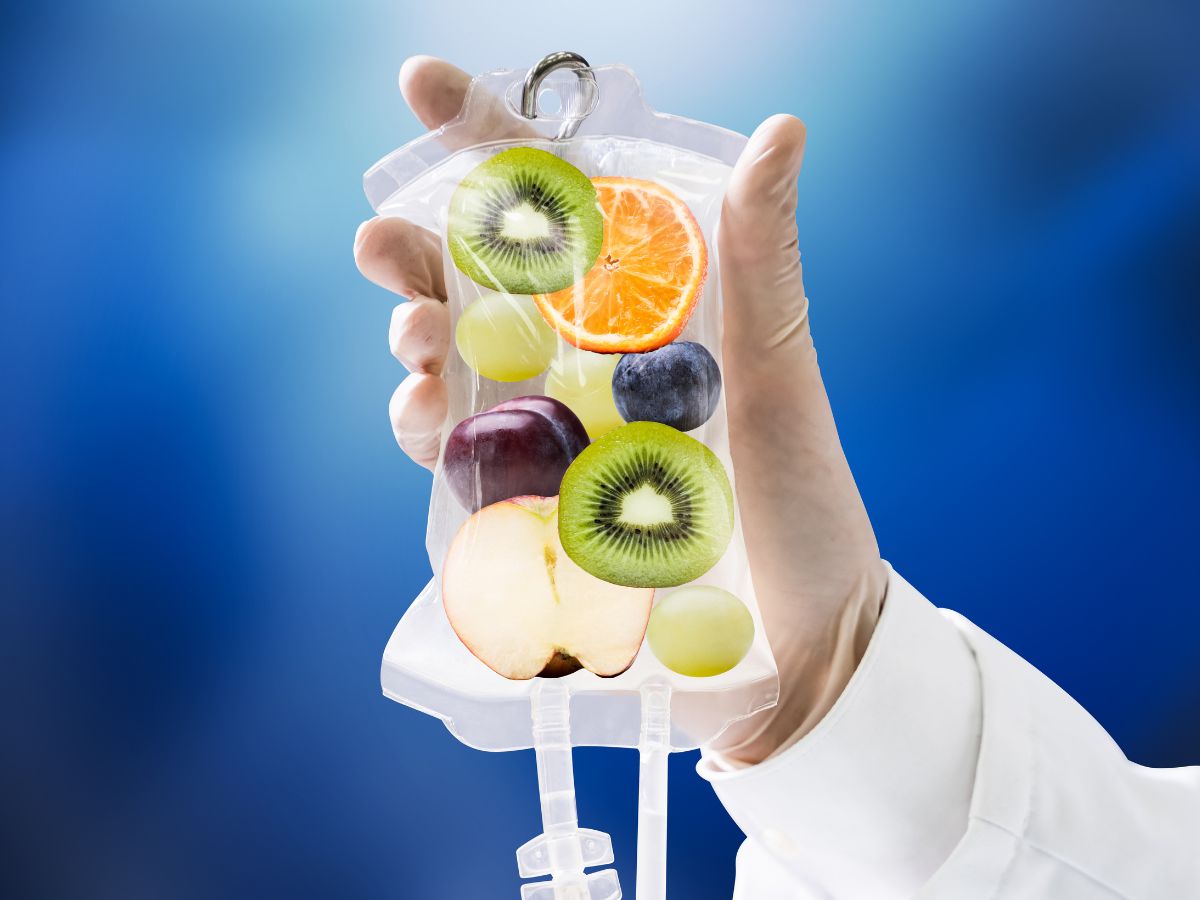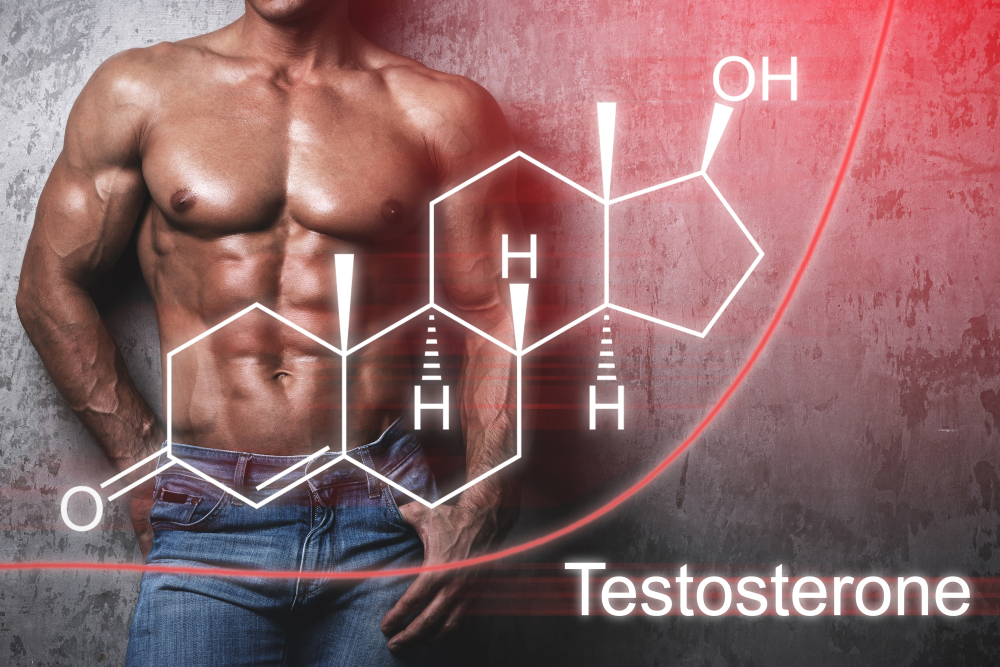Peripheral nerve injury (PNI) is a common sequela of soft tissue and bony trauma. The morbidity and loss of function secondary to PNI significantly limit patient quality of life. Strategies that restore or augment nerve regeneration and enable motor/sensory recovery after injury can help patients to return to functional/employable status while improving performance, morale, mobility, agility and capability. Suboptimal nerve regeneration after reconstructive transplantation remains one of the key obstacles to functional outcomes. Distal denervated muscles have impaired/no function and will undergo denervation atrophy if the nerves do not reach the motor end plates in time. Several drugs/biologics/growth factors (tacrolimus, chondroitinase, insulin-like growth factor-1, IGF1) as well as cellular therapies (Schwann cells (SC), mesenchymal stromal cells (MSC) of adipose, or bone marrow origin) have shown promise and potential in enhancing nerve regeneration via different mechanisms and distinct biochemical pathways. Combinations of these resultss may also provide an additive or even synergistic effect on the neuroregenerative process. Undifferentiated MSCs have inherent advantages over SCs or other cell types. These include higher yield, superior expansion characteristics and innate self-renewal, angiogeneic and immunomodulatory properties. Here in, we focus on the current experimental evidence for MSCs as promising potential therapies in accelerating or maximizing peripheral nerve regeneration and subsequent functional outcomes in reconstructive transplant indications.

Exploring the Benefits of IV Therapy: What You Need to Know
As healthcare continues to evolve, IV therapy has emerged as a popular method of delivering essential nutrients directly into the

